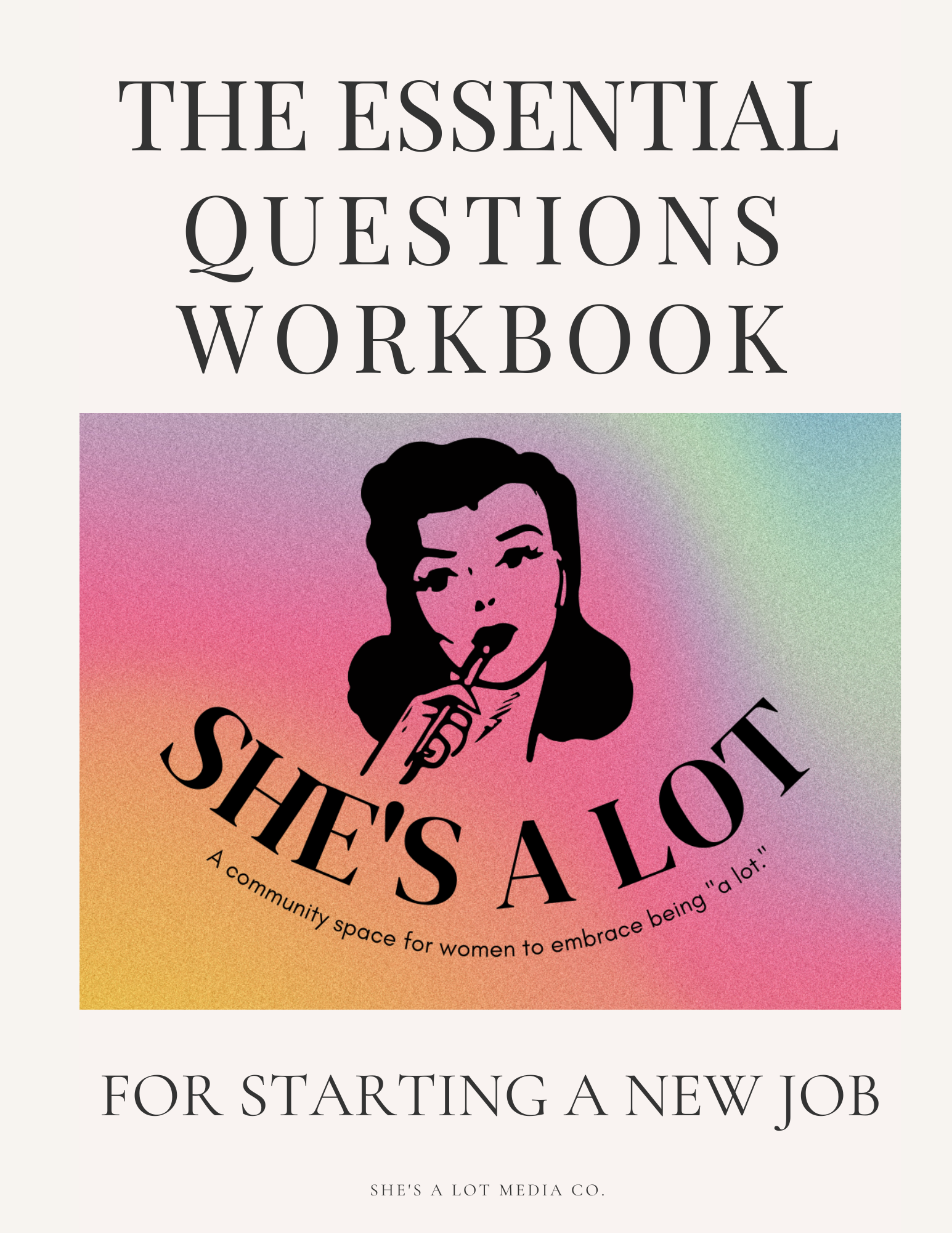LinkedIn is the “Super Social Media” that a lot of us don’t even think about as we spend two hours scrolling through Instagram. LinkedIn is like social media but is also a networking platform. It enables you to connect with peers, alums of your school, colleagues, and other professionals who might work in your field.
LinkedIn allows people to post almost like they would on Facebook but also has the feature of allowing you to write articles directly on LinkedIn that you can share. Profiles on LinkedIn are also much more involved than your average social media profile, allowing you to list experiences, skills, and more. This is an extremely valuable tool for college students and early professionals who are looking to network or get hired. Your LinkedIn should always be updated and should always be included on your resume! Think of it almost as your digital portfolio and resume all in one. The next time you’re wasting an hour mindlessly scrolling through Twitter, open up LinkedIn and get to work instead!
Edit your LinkedIn headline
Besides your name, this is the first thing that people see when you pop up as a network suggestion. You don’t want this to be blank or to say something completely irrelevant because you didn’t write a headline yourself.
If you have a position (or two), definitely make those your headline. For example, my headline reads
“News Desk Contributor at The Red & Black | Blog Content Editor at Rouge Magazine”
My two most relevant positions are both there. I leave both just because they are both about equal in importance for me, but ideally, you have one position that is your main identifier.
If you don’t have a position, you can definitely say that you are a student or a “professional” of some kind if you’re not in school, but personalize it.
Instead of just saying “Student at UGA” say something like “UGA Honors Student and Aspiring _______.” As long as everything in your headline is true, it’s totally okay to play it up to make you sound your best.
NEVER leave your “about” empty!
This is your chance to show some personality! Even if you’ve filled out the rest of your LinkedIn with all of your experience and skills, people visiting your profile still won’t see why you’re in this field, what your passion and/or hobbies are, or what you’re like as a person.
Your profile is a great place to give some background that may not be apparent in your list of experiences, explain why you do what you do, elaborate on your passions, and just show that you’re not a robot.
For example, my “about” reads:
Hello, I’m Lora Yordanova! I am a Bulgarian-American journalist with an all-encompassing passion for multi-cultural storytelling, foreign language and fostering engagement with the media and the news through innovative uses of digital platforms. I am always writing something, reading something, or talking about the news and/or the 1st Amendment.
I’m a strong believer that it’s no longer enough for the news media to simply produce the news. It’s our duty to do more. Our job has changed and it now falls upon us to teach people why they should care about the news, how to interact with the news and how to differentiate between truthful journalism and biased reporting.
I believe just as strongly that a good book can fix anything, songs are meant to be sung along to and that gelato is undoubtedly superior to ice cream.
It explains what I’m passionate about (multi-cultural storytelling, foreign language and fostering media engagement, reading, writing, the news and the 1st amendment), gives background about me as a person (Bulgarian-American, prefers gelato, sings along to songs), and gives even more insight about why I’m in the field of journalism.
Depending on your field and what you’re comfortable with, you can get more or less personal than I did. I personally hope that my future employer would allow me to show at least a little bit of personality, so I did include some more personal details that are not relevant to my career.
The main point is to make yourself stand out from other candidates who have similar experience and skills.
Don’t write your bio in the third-person
While we’re on the topic of bios – just don’t. It feels weird to write it and it feels weird to read it. You can much more effectively express who you are in the first person.
Write bullet point descriptions for your positions/experiences
I hope you’ve added positions/experiences to your profile. If you already have, great job! Now, go back and give context. Think of this section as your resume. You have a little more flexibility in how exactly you present the information, but definitely go back and add some details about what you did in the position. You can list your duties and you can say what you learned from it if it was a past position.
That being said, not every single position needs a descriptor. I don’t bother adding a description for being a “Desk Consultant” at the student center on campus, because I don’t think it will be extremely relevant for a future employer. If you think there are skills and/or duties associated with the position that could be relevant, describe them.
You also don’t have to do bullet points but be wary of dropping a huge text bomb that no one is going to read.
Utilize the skills and accomplishments sections on LinkedIn
Have you ever noticed that you can add skills, languages, relevant coursework, publications and more to your LinkedIn profile?
These are a game-changer. It opens up the door to showcase everything you’ve done or know how to do in even more ways. I personally love these features because you generally can’t fit all of these things on your resume and this gives your employer the chance to see so much more about your abilities if they look at your LinkedIn.
You can also request endorsements for skills from your connections if any of them are familiar with your skills and can verify that you do actually know how to use photoshop really well for example. It’s always nice to endorse people for skills if you are familiar with their abilities!
Link any other material
My last tip is to add in any external material that there isn’t a section for on LinkedIn. This can be your resume, a link to your portfolio, your blog, a project that you’re particularly proud of, or anything else that’s relevant.
You can do this by clicking “edit” on your about section and then adding either a media file or a link.
If you don’t have an actual portfolio on a separate web platform, uploading work samples to LinkedIn can be a great way to showcase your work to potential employers.
Bonus LinkedIn Tip*
If you’re willing to pay OR have a free subscription through your school (check with your career center), you can sign up for LinkedIn Learning which is basically a collection of “courses” on all kinds of subjects from good leadership to using InDesign. Especially if you get it for free through your school, use it to buff up your skills and write an article about what you learned to really stand out!







